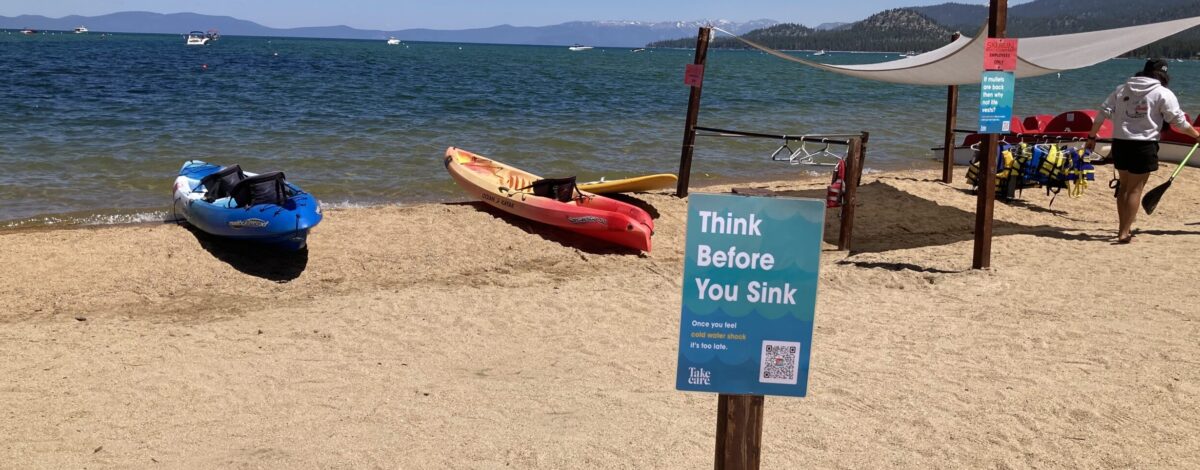‘Think Before You Sink’: New Take Care Tahoe Campaign Highlights Dangers of Cold Water Shock
Every year, an average of seven people drown in Lake Tahoe due to cold water shock. A new safety education campaign from Take Care Tahoe is encouraging those who spend time in Lake Tahoe to wear a life jacket and “think before you sink.” Envisioned by local Girl Scout and South Lake Tahoe high school student Sadie Beall, the campaign was designed to educate people about the dangers of cold water shock, how quickly it can happen, and how to avoid drowning. Several marinas and kayak and SUP rental operators in the Tahoe Basin have already agreed to help get the word out to their customers about the campaign.
“Growing up in Tahoe, I’ve been around the lake and its cold water for my entire life. My dad has always worked at a marina, and boating is part of our life, so hearing about cold water shock and drownings that unfortunately happen every year is not unusual,” said Sadie Beall, initiator of Take Care Tahoe’s Cold Water Shock campaign. “In launching this campaign, my goal is to educate people about what cold water shock is, and how it can be avoided while still enjoying Lake Tahoe.”
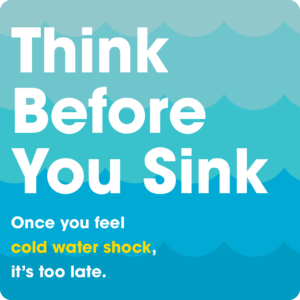
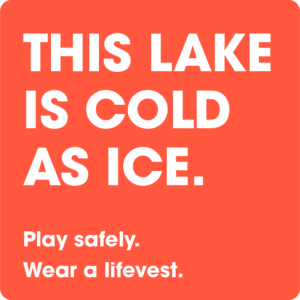
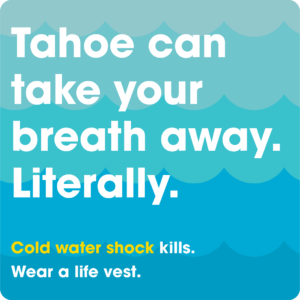
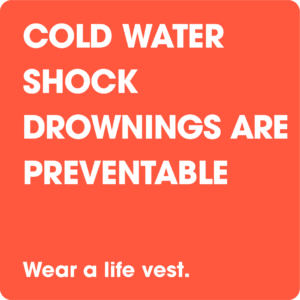
Cold water shock occurs when the body enters extremely cold water and the muscles lock up, resulting in temporary paralysis. Marinas and other watercraft rental operators participating in the campaign will post cold water shock posters and stickers with QR codes that drive visitors to the Take Care Tahoe website for more information. There, viewers will find facts about cold water shock such as:
- Within 15 minutes in cold water, blood flow decreases to the extremities to preserve heat at the core. You will lose movement of legs and arms and will be unable to stay afloat unless you are wearing a life vest.
- 55% of all open-water drownings occur within 10 feet of safe refuge.
- 66% of people who drown in cold water are regarded as strong swimmers.
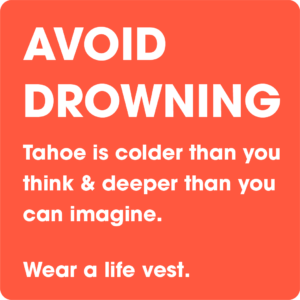
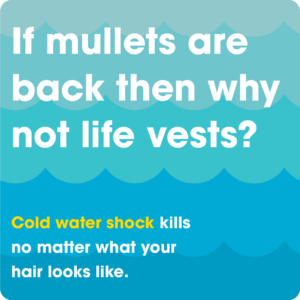
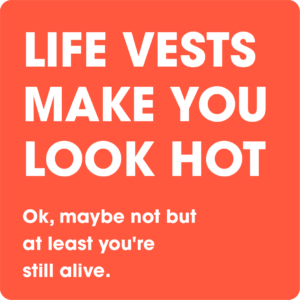
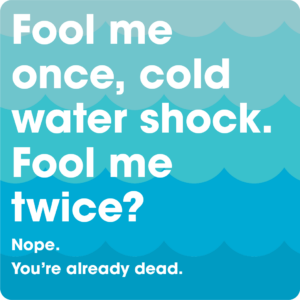
Information shared on the campaign page also includes boating laws related to lifejacket use, live lake conditions information, and forecast models for water temperature, wave height, and water currents, as compiled by the UC Davis Tahoe Environmental Research Center. Site visitors will also find details about proper boating etiquette on Lake Tahoe, information from the Lake Tahoe Water Trail, and other resources related to cold water shock.
“Sadie came to us last year to propose a new Take Care Tahoe campaign focused on cold water shock,” said Noah Shapiro, Take Care Tahoe program coordinator. “Realizing that this effort can help save lives and impact how people recreate on Lake Tahoe, it was something all of the Take Care partners were eager to support. We are pleased to be rolling this campaign out as summer officially gets underway, and are encouraged that so many marinas and other businesses are committed to helping get the word out.”
Learn more about cold water shock and how to prevent it at https://takecaretahoe.org/take-action/cold-water-shock/.

